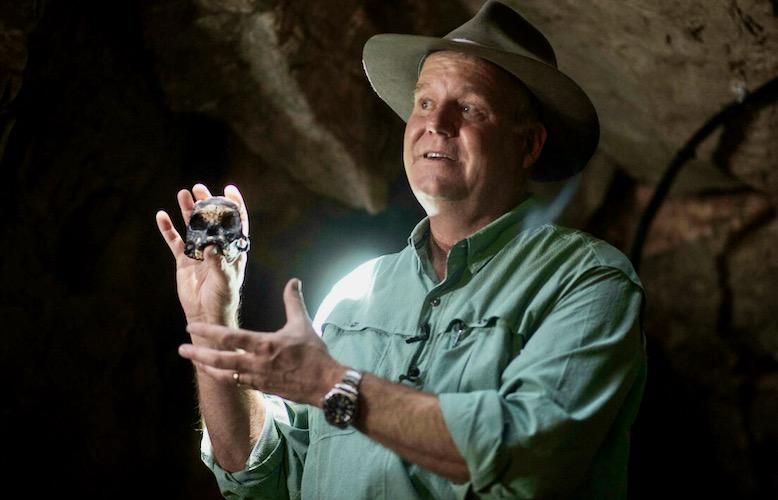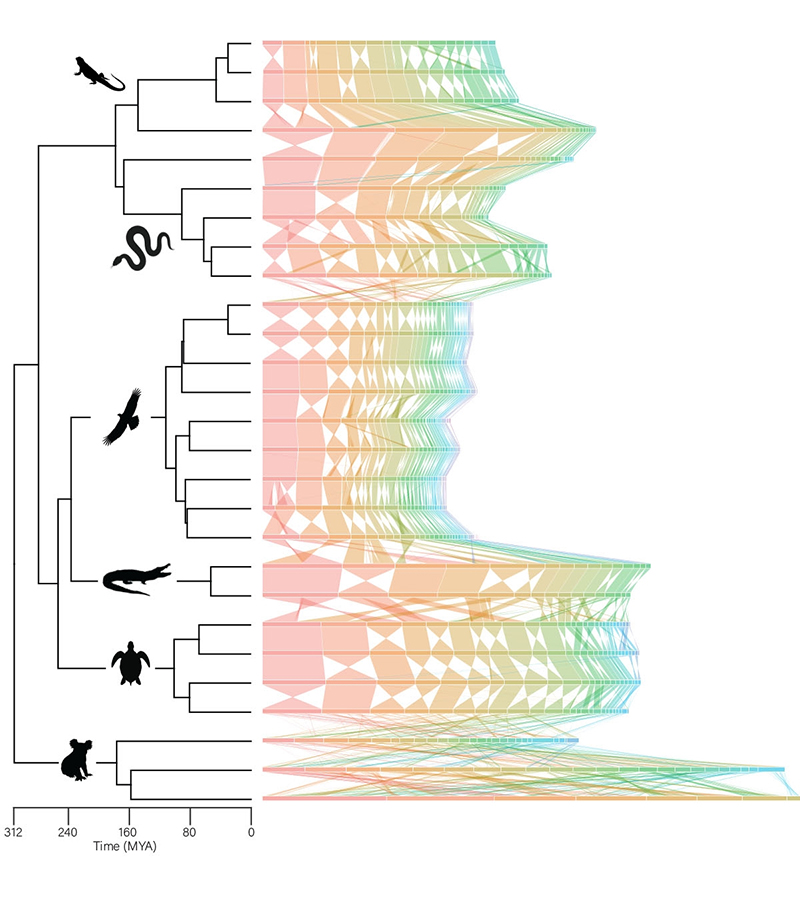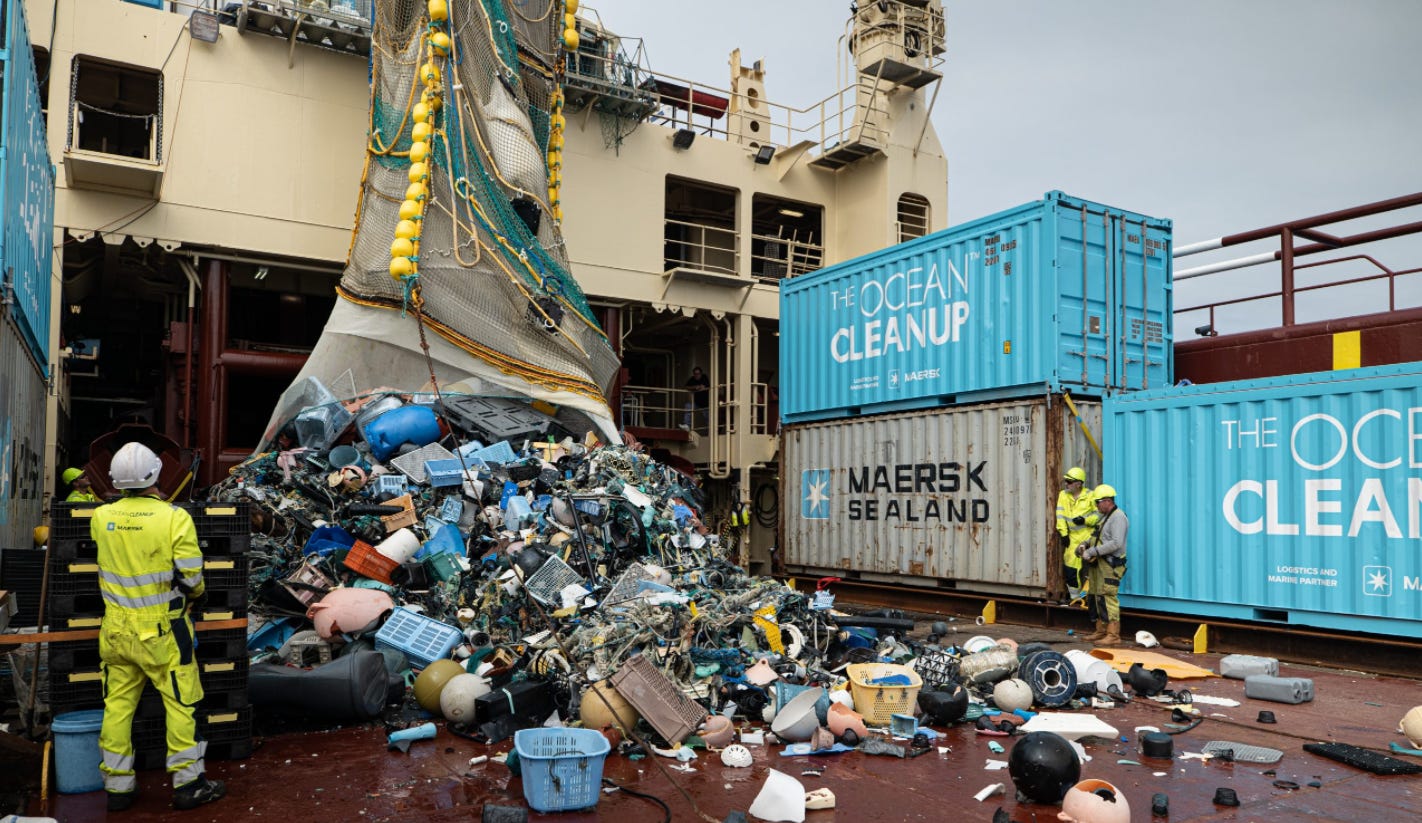To beat India Walton, the establishment smeared her, changed the rules, and threw piles of cash. In the end, she flipped Byron Brown’s base while he drove up turnout in the city’s wealthiest areas

India Walton walks to a polling place with supporters in Buffalo, New York on Thursday, October 28, 2021. (Matt Burkhartt for the Washington Post via Getty Images)
BYBRANKO MARCETIC
JACOBIN
11.03.2021
When thinking about India Walton’s loss in the Buffalo mayor’s race last night, it’s hard not to first think about the never-ending injustice of being poor.
Consider: incumbent Byron Brown — Walton’s opponent and improbable write-in candidate, after he lost a Democratic primary in a city where its winner is virtually elected mayor by default — has one of the country’s more shocking records. Brown has recklessly run the city’s finances into the ground. He utterly failed to tackle the city’s pervasive poverty, exacerbating it instead. He did little to nothing about its growing lead problem, and has presided over such pervasive corruption, including several scandals linked directly to him, that the FBI was investigating his entourage even as the race was going on, including a raid on one of his offices. In fact, the only reason Brown was even able to stay on the ballot was that a judge with a glaring conflict of interest ruled he could.
Yet as soon as Brown lost the primary, all of the misdeeds he’d committed while actually in power over the past fifteen years took a backseat. Brown successfully turned the election debate to the petty personal mistakes of Walton, a woman who became a working mother as a teen, before becoming a nurse: she was charged with $295 worth of food stamp fraud in 2003; she owed $749 in back taxes in 2004; she was stopped for driving with a suspended license; she visited her cousin before he went to jail; she failed to show up for a court summons sent to the wrong address; she wrote a rude Facebook post; and her car was towed just last month over unpaid parking tickets.
It worked: a week before election day, more than half of voters said their opinion of Walton had gotten worse since the primary.
Most politicians don’t have these particular blots on their records; they either come from backgrounds where money is never an issue, or sociopathically design their entire adult lives, down to its minutiae, so as to have a spotless record when they eventually make their run. Brown exploited the fact that Walton was something exceedingly rare in today’s politics: an actual working-class person who hadn’t graduated from the Ivy League, or spent a decade or more obsessively planning her political career. Having lost her nonprofit job after running for office, Walton was delivering food for DoorDash and living on loans from her mother as she campaigned these last few months.
Brown had other advantages. His improbable comeback was helped every step of the way by a business sector terrified that, after fifteen years getting tax cuts, subsidies, and taxpayer-funded grants, the gravy train was about to end. Brown raised $851,000 in just four months from the city’s moneyed interests.
He was also helped by a bipartisan political establishment united against Walton. New York Republicans put up a united front with Brown, with right-wing party members, most of them outside Buffalo, making up a third of the signatures they helped collect to try to put him on the ballot. Together, they fearmongered about Walton using a playbook indistinguishable from the red-baiting tactics Republicans have used the last few years to rile their voters up against Democrats.
On the Democratic side, despite getting a late endorsement from Senator Chuck Schumer (D-NY), Democrats in the state largely avoided endorsing Walton, with the state party chair comparing her to white supremacist David Duke. At one point, shortly after her primary win, the Democrat-controlled city council voted to “explore” simply eliminating the mayor’s office.
For all the parties’ talk of fiscal responsibility, clean government, and social justice, they went for a corrupt, incompetent fiscal manager who has presided over virtually unchanged conditions for the city’s poor, largely black population. Why? Because Brown suited their class interests: he’s slashed taxes, gone easy on landlords, doled out lucrative favors for the right price, and sent real estate values soaring thanks to the city’s uneven development.
Reversal of Fortune
So how did Brown win?
Walton had caught Brown napping in June’s primary, where a mere 20 percent of Democrats showed up to vote, or about 13.8 percent of Buffalo’s registered voters. The question was how things would shake out in the higher-turnout context of a general election. At more than fifty-eight thousand votes, or 37.4 percent of registered voters, Tuesday’s was the highest turnout for a mayoral election in Buffalo since 2005, when a majority of more than seventy-three thousand voters first made Brown mayor.
As of the time of writing, Walton has more than doubled the 11,132 votes she had gotten in the primary, a testament to her campaign’s grassroots operation. But Walton wasn’t the only one to turn people out. If we treat the write-in votes as a proxy for Brown votes, Brown nearly quardrupled his 9,625 primary votes to 34,273 in the general, nearly eight thousand more votes than his best ever performance in 2009, and nearly double his average vote total in the last four races.
Walton and Brown both turned out a relatively large number of voters — Brown just turned out a lot more. If nothing else, it’s a sharp reversal from the dwindling political engagement that has worsened under Brown.
The incumbent mayor owes much of this to a sharp spike in turnout in the city’s wealthiest, whitest districts, the two highest-turnout districts in 2017. Brown’s advantage in the South District alone — 87 percent white, with a relatively even income split but one of the city’s lowest poverty rates — was responsible for nearly two-thirds of his overall advantage over Walton.
There, Brown’s vote total was more than six times the number he got in the primary, and the gap between him and Walton went up thirteen-fold. This, after losing the district eighty to nineteen four years ago to a hometown opponent who made many of the same critiques of Brown’s record as Walton has this year.
In terms of vote totals, Brown’s second biggest gap, and his second largest gain from the primary, came in the Delaware district, the city’s wealthiest, and typically its friendliest to Republicans. Walton had bested Brown there in the primary, but Brown’s vote total in the district jumped four-fold last night, letting him take the district with an advantage of more than eighteen hundred votes.
By contrast, Walton’s strongest showings were in districts that are less white and wealthy. Walton again narrowly won the Ellicott district, two-thirds black and where more than half earn below the city’s median wage of $35,000 a year; and her home district of Niagara, where one in five residents are black and nearly a third earn less than $20,000 a year. The University district, a majority black district traditionally part of Brown’s base on the East Side, and which he’d won with 64 percent of the vote in 2017, swung significantly to Walton this year, who lost by less than three hundred votes there.
Maybe most notably, where Brown had won his home district of Masten in the primary — long a loyal stronghold of his in mayoral races — Walton flipped it last night. A district Brown had won by as much as 97 percent in 2009’s primary and 68 percent just four years ago went 53 percent for his opponent this year. More than four-fifths of the district’s residents are African American, and nearly two-thirds earn below the median wage. In a significant reversal from 2017, Brown lost a large chunk of his traditional base to Walton this election, and was propelled by some of the districts most hostile to him in previous years.
But this doesn’t tell the whole story, because Brown was able to repeatedly defy this simple pattern. He held onto Fillmore, the city’s poorest district whose population is roughly equally white and black, and he bettered his primary vote share by nineteen points in Lovejoy, a majority-white district where nonetheless nearly 40 percent of residents are African American and more than half earn below the median wage (Brown had lost it four years ago, managing thirty points less than he got in this election).
Likewise, Brown flipped the North district, comparably poor and nearly 50 percent white, but which has benefited from development projects Brown has presided over. He quintupled his primary votes there, adding seventeen points to his vote share. He similarly cut Walton’s lead in her home district by seventeen points and ever so slightly shaved down her margin in Ellicott.
These figures suggest Brown’s built a similar coalition to the one that made Joe Biden the Democratic nominee last year: African-American voters loyal to a long-serving familiar face, accompanied by a surge of more conservative, well-off white voters desperate to stop a left-wing insurgent.
Simple Twists of Fate
As more information comes out, the Walton campaign will no doubt be looking to make sense of what, strategically, they could’ve done differently. Is the local political and media perception correct, that Walton needlessly antagonized Democratic officials after the primary by telling them they were “on notice” and that “we are coming”? Was she fatally dogged by the “defund the police” slogan, which Walton never used but which was associated with her, and which spurred the city workers that populate the South district to organize against her? And to what extent was it ever possible for Walton’s insurgent campaign to combat the widespread voter perception that she lacked the experience necessary to run a major city?
There is a broader lesson here for the Left, too. After Walton’s primary win, many presumed the general election was a done deal. That Brown, with the backing of a corrupt establishment determined to protect its power and standing, could engineer an improbable, history-making comeback — even rewrite the law to do so — seemed beyond the realm of possibility, until it wasn’t. Walton’s campaign worked hard to turn out voters until the day of the election. But engineering the defeat of a united establishment — even just within a single city — may require vastly more resources and manpower than we think.
There is also a lesson from, of all places, Byron Brown’s own career. Brown and his allies didn’t come to dominate Buffalo politics by winning one mayoral election out of the blue. The Grassroots Inc. political organization Brown came out of was founded nearly two decades before his win, by African-American community activists who decided they needed political power to improve their neighborhoods, and set about the long, patient process of gradually unseating the do-nothing establishment hacks in council seats, the state assembly, and anywhere else they could manage a win.
Brown made his way up the political ranks under its auspices, until eventually securing enough of a foothold and support to run for mayor. The tragedy is that both Brown and Grassroots simply replaced the previous corrupt machine with their own.
Besides this, every insurgent challenge is a long shot by definition, and absent the perfect campaign or the perfect set of conditions — and sometimes even with one or the other — a dose of good fortune is pivotal. Walton’s story, of a working-class activist winning an improbable challenge against a complacent, business-focused incumbent, has more than a few parallels with the story of Bernie Sanders in Burlington forty years ago.
Sanders’s shock win then launched the greatest left-wing electoral success story in modern political history. But even with all his political skill, it all rested on a series of fortunate twists of fate: a lazy and out-of-touch opponent; the latter’s alienation of several key voting blocs; the entrance of two extra challengers who split his vote, allowing Sanders to squeak through by only twelve votes.
Maybe most crucially, with Sanders having delivered his upset in a general election and not a primary, the incumbent never had the chance to get his act together and go for round two, though he certainly did what he could. It also meant the press never had the chance to go negative against him — the fact that he was a socialist wasn’t even widely known or brought up until after the election was over.
In a political system where money wins out over people the majority of the time, left-wing politics has always meant losing and losing, until you start to win. The Walton campaign fell short this time, and it will have to evaluate why exactly that was. Those lessons will inform insurgent campaigns of the future — which may look back on this as one more crack in the dam before the walls really started to burst.
ABOUT THE AUTHOR
Branko Marcetic is a Jacobin staff writer and the author of Yesterday's Man: The Case Against Joe Biden. He lives in Chicago, Illinois.










